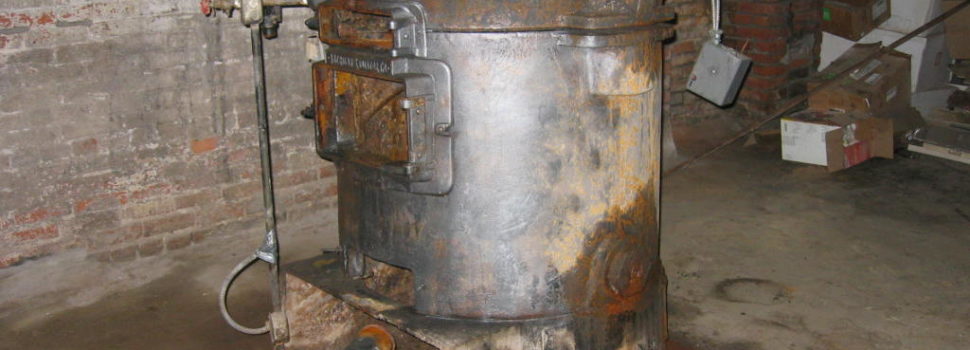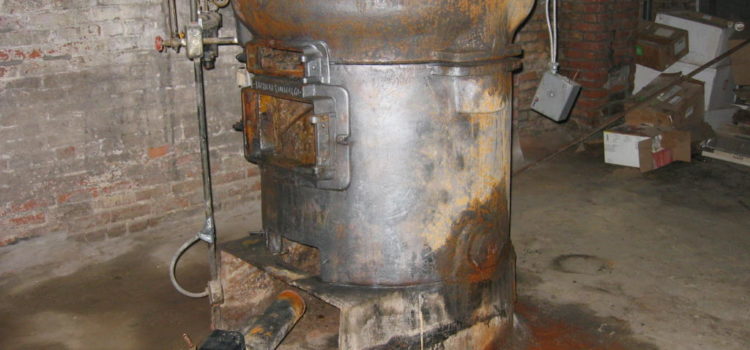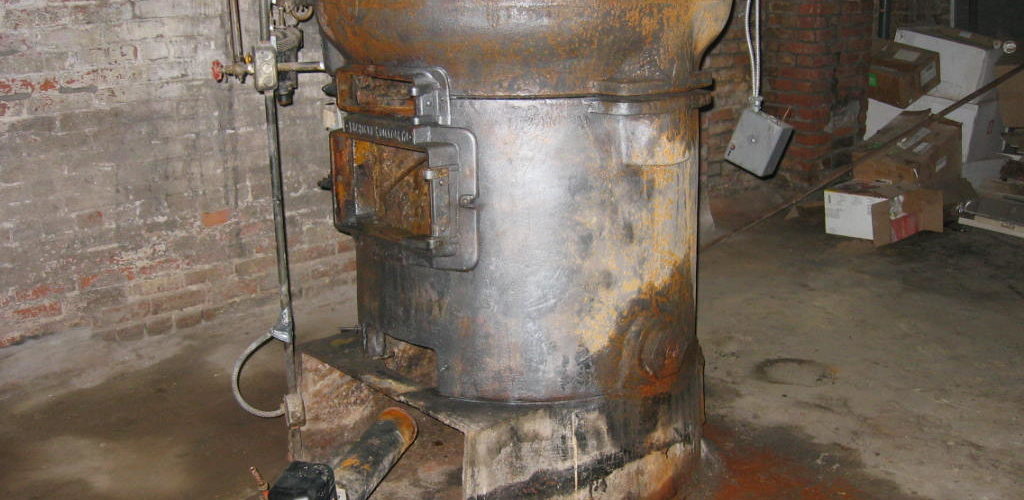


Winter north of the Mason-Dixon line area can bring unpredictable weather. From cold, rainy fall days to snowstorms, having reliable heat in the colder months is demonstratively obligatory. Now is the time to ensure that your gas furnace can get you through the winter and keep your home warm and toasty.
Furnaces are one of the most important pieces of equipment in your home. Having a furnace go out unexpectedly is one of the most stressful situations a homeowner can face. You can’t let this happen in the dead of winter. It’s important to keep track of how efficiently and effectively your natural gas furnace is running. Furnaces give certain telltale signs that they are failing.
By keeping an eye out for the main signs, you can be prepared for a furnace repair or replacement. In addition, being prepared will allow you to do research on new high-efficiency natural gas furnaces before the time comes to replace your unit. High-efficient natural gas furnaces operate at up to 98% efficiency, far greater efficiency than older furnaces. Let’s talk about 5 sure fire signs it is time to replace your furnace.
Higher than Expected Energy Bills
Energy bills are higher despite usage staying the same. Furnaces that have become inefficient have to work harder to provide proper heating, resulting in more expensive heating bills. Consider spending the money to replace your furnace and enjoy the benefits of a reduced bill during the life of your new appliance.
If your furnace is operating with little to no maintenance issues, but you’re noticing a higher utility rate and you’d like to get your bills down, there may be some lower cost solutions for you. Some alternative options may be updating your thermostat to a programmable one, cleaning or updating your duct system, purchasing an electric fireplace or portable heater, or just adding some extra blankets around the house. Or just bite the bullet and replace the furnace, it is only a matter of time.
Your furnace is more than 15 years old.
If your furnace is past its 15-year mark and beginning to have maintenance issues, there is a very good chance it will need to be replaced. It may be working, but it is likely not operating at maximum efficiency and your utility bills are probably at all time high as a result.
Furnaces are like cars; the older they are, the more maintenance they need, usually incurring the most breakdowns in the last two years of their lives. If your furnace is roughly 15 to 20 years or older and you have a repair costing more than 15 percent of a new furnace, you should go ahead and replace it (because it is more likely to break down again soon).
Generally speaking, a good rule of thumb is, no matter the age of the furnace, if the cost to repair is 50 percent or more of the cost of a new furnace, you should replace it.
The Rooms Throughout Your Home are Different Temperatures
Do you feel that some rooms are too cold while others are too hot? Or are you always trying to adjust your thermostat to make your home more comfortable? This is a sign that your furnace lacks the ability to properly distribute the air to keep you comfortable in your home.
An inefficient and old furnace can result in some rooms being colder or warmer than others. This is likely the result of an old furnace and outdated duct system losing its ability to distribute heat evenly throughout the house.
The Burner Flame is Yellow Or Making Strange Noises
A yellow or flickering flame may be a sign that poisonous carbon monoxide could be created by your furnace. The Flame should be blue. Other possible signs of carbon monoxide are:
- Streaks of soot around furnace.
- Absence of an upward draft in your chimney.
- Excess moisture found on windows, walls, or other cold surfaces.
- Excessive rusting on flue pipes, other pipe connections, or appliance jacks.
- Small amount of water leaking from the base of the chimney, vent, or flue pipe.
- Rust on the portion of the vent pipe visible from the outside.
All of these could signal the yellow flame and all of these will cause you to replace your furnace.
Now the noise. Whats is that noise? Old furnaces often start to make some strange noises as they get toward the end of their life. Have you heard any banging, popping, rattling, or squealing noises coming from your furnace? Another noise too lookout for is when you hear the furnace blower running excessively. Does your blower turn on and off frequently or does it blow cold air sometimes? If so, this is a sign that your furnace may need to be replaced.
Is Your House Dry or Dusty?
Old furnaces often lack the ability to moisturize and clean the air in your home. The air may feel stuffy or stale. Does anyone in your family suffer from allergies to airborne dust, mold, pollen, viruses or dander? Or does anyone suffer from dry nose, dry throat, or dry skin? Other signs may be frequent dust accumulation, static shocks, drooping plants, furniture cracking and musical instruments that do not stay in tune. These signs all suggest that your old furnace is not capable of providing you with the comfort you and your family may want.
If your heating system does not provide adequate moisture or clean air in your house, it may be a sign to replace your home heating system. Excessive dryness affects the walls, furniture and the plants in your house. Also, this extreme dryness can cause problems for you and your family, especially if anyone has the allergies we mentioned above. So, when you see the walls peeling or your plants drooping, it’s probably time to get a new furnace.
In Summary
The real takeaway here should be that the winter is going to be cold, it’s going to be dark and it’ll happen every year, so get a new furnace. The general rule of thumb is that if the cost of maintenance or repair of your furnace is more than 50% of the cost of a new one, just replace it.











No comments so far.
Be first to leave comment below.